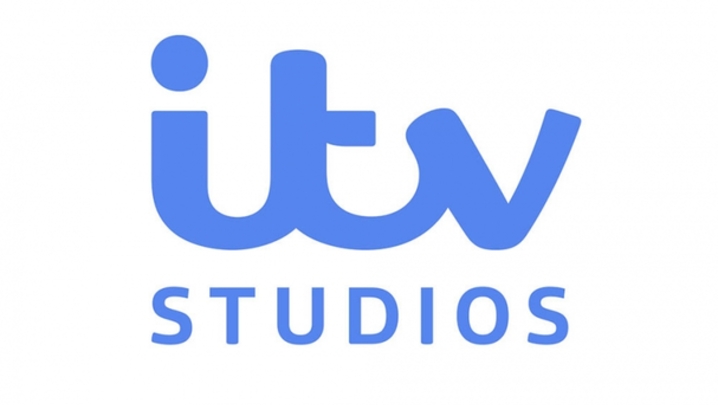To extract real value from information technology you have to understand its true cost.
It requires clarity – clarity of thought and clarity of action. It means being able to align technology deployment along business units and service capabilities. It means being able to distinguish between the cost of running the business and the cost of changing the business and it means being able to delineate effective spend from wasteful spend. This applies whether you are shipping cement or filming the next Happy Valley.
It means, in short, adopting a functional model of IT that distinguishes between run and change; front office and back office; in-house and external provision; conventional and shadow IT. The process of distilling fractional cost requires purpose, skill and the political will to drive the process hard to yield high-grade data. It’s often easier to shy away.
In addressing the challenge of tying the cost of production to the cost of the technology, it is a zero sum game; cost is a finite line item which can be allocated under all circumstances, provided the right methodology is agreed. Cost follows effort, and effort usually follows revenue.
Several sectors have embraced a clear-sighted view of technology’s role within the business. Within financial services, for example, trading is driven by technology. First, speed and the ability to process data quickly was everything. It kept the trader one step ahead of the market, able to make a price on a particular stock quicker than anyone else. The ability to be agile, innovative and creative was core to the growth of financial services.
When those trading products became commoditised – within foreign exchange and elsewhere – the function of technology was to leverage economies of scale and take cost out of the process. That might mean moving a data centre from the City of London to Pune in India, latency allowing.
Similarly in the retail food market, cost is the major driver. Slim margins mean back office costs must be minimised. Meanwhile, in retail – as in media – the single buyer journey of the past has given way to a multi-channel model today. People purchase retail goods via a variety of sources and this omni-channel delivery is, of course, technology-driven.
Unfortunately, this tight connection between the business and technology is sometimes lacking when it comes to the creative industries. Where hard linkages are required to connect output to expenditure – on hardware, software, licensing, connectivity and so on – there is instead opacity.
Contrast this with how those creative industries approach their core business. There is purity to the creation of a television programme. From idea to commission to script to production and, finally, to transmission there exists a very clear and clean process.
So why does this happen? Perhaps it’s a category mistake, a misunderstanding of what technology means in the context of broadcast. Perhaps there is a blurring of the lines between creative technologies – CGI hardware and software, for example – and back office technologies. After all, managing general ledgers, payment platforms and HR systems is seven steps removed from a graphics department that is driving innovation in 3D animation.
The challenge for the technology strategist is to embrace both while keeping them apart.
From retail to utilities to financial services and beyond, the conversation with the IT department is straightforward – technology costs are identified by function, split between run and change and a transaction cost applied. The profile of existing technology can then be divided into systems that need to be maintained, invested in or retired.
This is a strong and tangible strategy that can be applied to any vertical sector. It’s not that the creative industries can’t devise metrics that demonstrate the effectiveness of IT spend. Rather, it’s that they haven’t done it yet.
Many organisations suffer because they don’t understand, and don’t have complete sight of, what happens in technology. That’s why when it comes to strategy, start with clarity. And for most organisations, clarity means function.
Haydn Jones is Account Managing Director at Fujitsu UK&I. Find out more about Fujitsu in broadcasting here.









